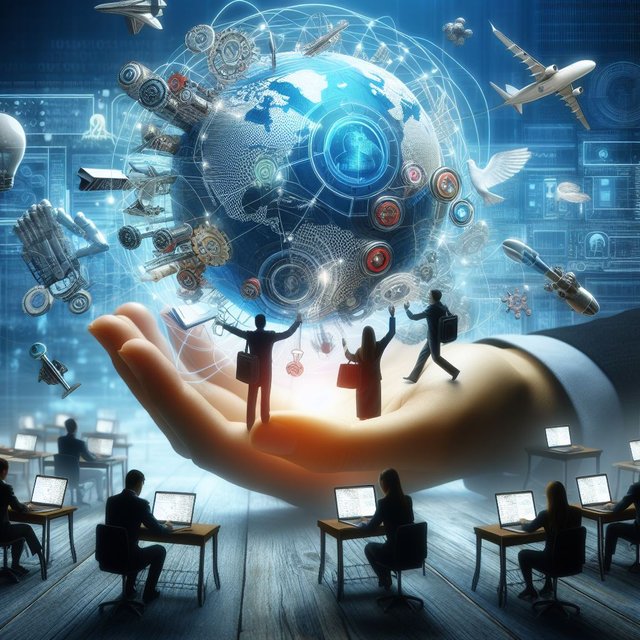Introduction:
In the era of digital transformation, the internet has emerged as an invaluable resource, revolutionizing the way we access and acquire knowledge. The traditional classroom model is gradually evolving, with an increasing number of learners turning to the internet for educational purposes. This article delves into the myriad ways in which individuals are using the internet for learning, examining the advantages, challenges, and the transformative impact on education.
The Rise of Online Learning Platforms:
Accessibility and Flexibility: One of the key advantages of using the internet for learning is the unparalleled accessibility it provides. Online learning platforms offer a vast array of courses that learners can access from anywhere, at any time, catering to the diverse needs of students worldwide. This flexibility allows individuals to pursue education while balancing work, family, or other commitments.
Diverse Learning Resources: The internet serves as a treasure trove of diverse learning resources. From e-books and articles to video lectures and interactive simulations, learners can access a wide range of materials to suit their preferred learning styles. This diversity enhances the learning experience, catering to various intelligences and preferences.
Global Connectivity: Online learning transcends geographical boundaries, enabling students to connect with educators, peers, and experts from around the world. This global connectivity fosters a rich and diverse learning environment, exposing learners to different perspectives and fostering cross-cultural collaboration
.
Self-Paced Learning: Internet-based learning allows for self-paced learning, empowering individuals to progress through material at a speed that suits their understanding and schedule. This personalized approach ensures a more effective learning experience, accommodating both fast and slow learners.
Challenges and Solutions:
Digital Divide: The digital divide remains a challenge, with some individuals lacking access to reliable internet connectivity or digital devices. Efforts are being made to bridge this gap through initiatives that provide technology access to underserved communities and regions.
Quality Assurance: Ensuring the quality of online learning materials and courses can be a concern. Accreditation agencies and reputable online learning platforms are working to establish standards and certifications, assuring learners of the credibility and value of their online education.
Learner Engagement: Maintaining learner engagement in the online environment can be challenging. Educators are exploring innovative approaches, such as gamification, interactive quizzes, and discussion forums, to enhance engagement and foster a sense of community among online learners.
Technological Challenges: Technical issues, such as platform glitches and internet outages, can disrupt the learning experience. Continuous improvements in technology infrastructure and the development of offline learning options aim to mitigate these challenges.
The Future Landscape:
The future of learning on the internet holds immense promise. Emerging technologies like virtual reality (VR) and augmented reality (AR) are being integrated into online education, providing immersive and interactive learning experiences. Artificial intelligence (AI) is also playing a role in personalized learning, adapting educational content to individual learner needs.
Conclusion:
The internet has transformed the educational landscape, offering unprecedented access to knowledge and learning opportunities. While challenges persist, ongoing efforts to address issues of accessibility, quality assurance, and learner engagement are shaping a more inclusive and effective online learning environment. As technology continues to advance, the internet will remain a powerful tool for learning, empowering individuals to acquire knowledge, develop skills, and contribute to a globally connected and knowledge-driven society. Embracing the potential of the internet for learning is not just a trend but a fundamental shift in the way education is accessed and delivered in the 21st century.
